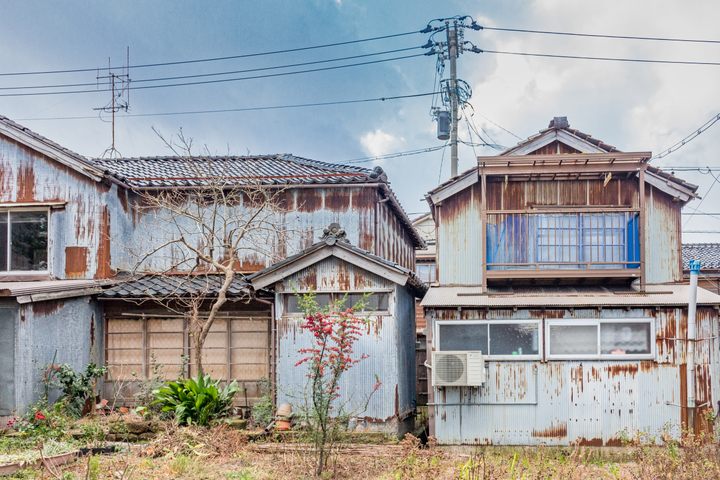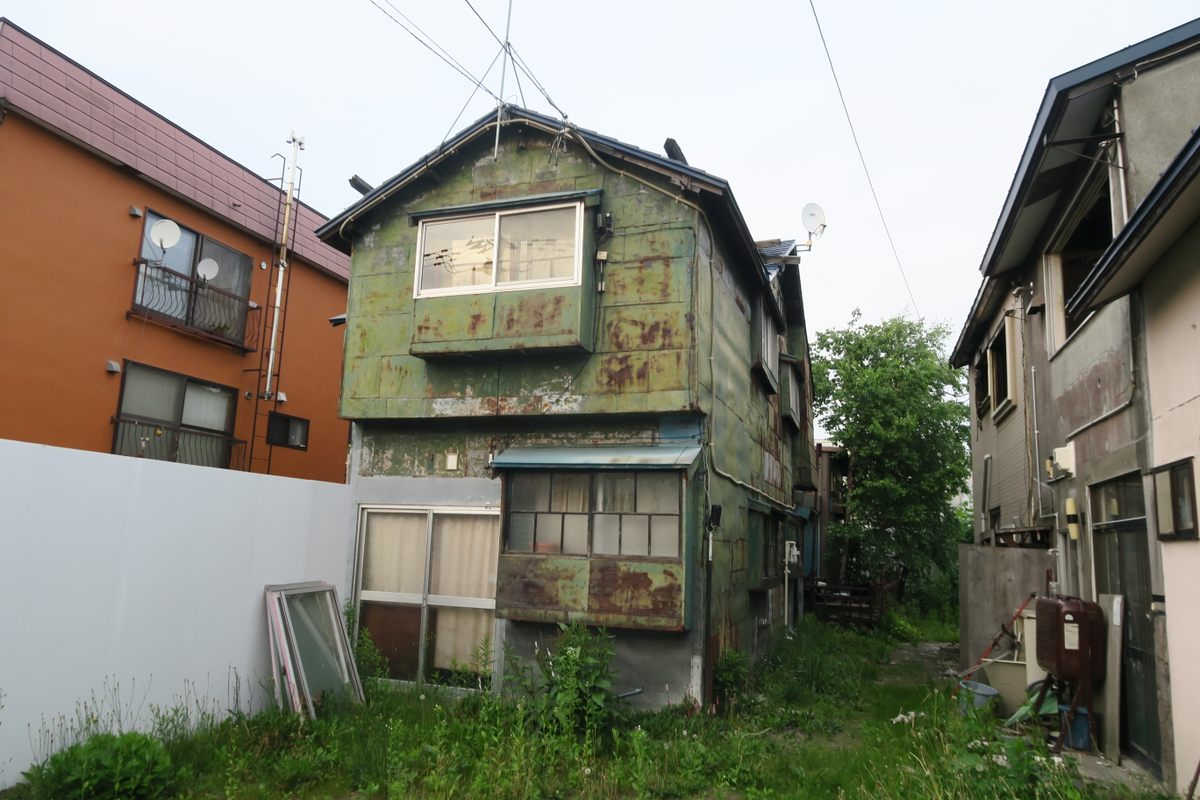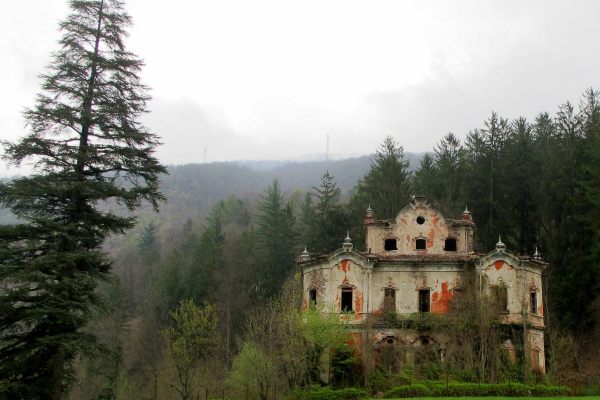
‘Ghost Houses’ Haunt a Rapidly Aging Japan
Young heirs are abandoning the family homes of their forebears.
In municipalities across Japan sits an increasing number of forgotten, dilapidated homes known as “ghost houses.”
Despite the name and oft-eerie appearance, however, these are not haunted houses in need of an exorcism. Rather, ghost houses, or akiya as they are known in Japanese, are abandoned homes that towns cannot get rid of through demolition or resale. Impacting rural towns the hardest as young residents flock to the country’s major cities, the glut of ghost homes has prompted some municipalities to come up with creative solutions to deal with the problem.
Japan’s population figures have been on a troubling trajectory in recent years. A rapidly greying society, combined with low birthrates and virtually non-existent immigration, has put Japan on the path of significant population contraction. In 2018 the population declined by 449,000, the largest such drop since record-keeping began in 1968. Census figures show a population contraction of nearly 1 million people since 2010.
Compounding the issue is what Meiji University professor Hisakazu Kato calls the “pole society” phenomenon, wherein the poorer, rural prefectures with higher birth rates lose residents to the economically strong, but low-birth rate, metropolises such as Tokyo and Osaka. That one-two punch has contributed to the country’s chronically low birthrate, putting the country on the path of a projected loss of one-third of its population by 2065.
As a town’s older residents move to assisted living facilities or die, their homes pass down to their heirs. Younger generations, now increasingly located in Japan’s major cities, often have no interest in inheriting or maintaining the family’s ancestral home deep in the countryside, beyond paying the required property taxes. In other cases, officials are unable to locate or identify the proper heirs, leaving the fate of the property in a state of limbo.

As a result, homes increasingly sit abandoned, becoming overgrown and run-down in the process. Government statistics as of 2018 consider 13.6 percent of properties in the country to be ghost houses. Put another way: By 2040, the total size of abandoned properties in Japan is estimated to equal the land size of Austria. This presents a challenge for local governments over how to handle these properties. In contrast with other countries, Japanese law does not allow municipalities a quick right of eminent domain, leaving them instead to try to track down and negotiate with absentee heirs. Where local law empowers a town to demolish abandoned houses, municipalities often balk at the associated cost, leaving the structures to waste.
For Daishiro Kitayama, speed is of the essence in finding buyers for ghost houses before their condition deteriorates. “It is necessary to try to sell as soon as [a home] becomes vacant,” says Kitayama, chairman of the non-profit Hometown Fukui Support Center, which works to match vacant homes with buyers in Fukui Prefecture in Japan’s Chubu region. “Renovation and remodeling costs are inevitable when purchasing a vacant house,” he says, with such costs often cited as a significant barrier to potential purchasers. These costs, however, can be substantially reduced if the home is purchased early before being left to sit idle and untended.
Convincing buyers to take the plunge on a ghost house is nonetheless an uphill challenge, leading towns to devise creative solutions aimed at resolving both the issue of vacant homes and declining population numbers.

In the town of Toyoshima-ku in Tokyo, the local government has adopted a policy of 100,000-200,000 yen ($921-$1843) subsidies for renovating ghost homes. In Hyogo Prefecture, subsidies of up to one-half the cost of a basic renovation are available for those who meet certain conditions. Designed to encourage young residents to purchase unwanted ghost houses, these subsidies often require homeowners to live in and maintain their homes for a certain period in order to qualify.
The town of Okutama, two hours outside of Tokyo, made international headlines in 2018 after giving away ghost homes to interested parties. There are, of course, conditions. Recipients must meet certain age requirements and have at least one child under the age of 18 in order to qualify for free digs.
Some towns, such as Yokosuka on the outskirts of Tokyo, operate websites dedicated to offloading ghost houses, with properties selling for just $5,400. In Gifu Prefecture, local officials negotiate the donation of ghost homes to municipalities, to be maintained by city staff, and resold with an aim towards drawing younger residents. One website even lists ghost properties up for sale at no cost, though as the photos would indicate, it is often a case of get-what-you-pay-for.
For buyers such as Hideo Katagata, the chance to purchase a ghost house is too good of an opportunity to miss. “It was around the time when I was thinking about moving anyway,” wrote Katagata in an email, “so when I went to see the property, I immediately decided [to buy it] because I liked the atmosphere of the area and the house.”
Katagata, who purchased his home in a remote area of Miyagi Prefecture in March, admits there have been challenges in renovating his former ghost house, including water damage to wooden support beams and columns, as well as hidden colonies of Japan’s fearsome mukade centipedes.
But he also cites a number of positive aspects of owning a ghost house: “You can customize [the house] to your own style while making the best use of the old structure.”
You can join the conversation about this and other stories in the Atlas Obscura Community Forums.
















Follow us on Twitter to get the latest on the world's hidden wonders.
Like us on Facebook to get the latest on the world's hidden wonders.
Follow us on Twitter Like us on Facebook